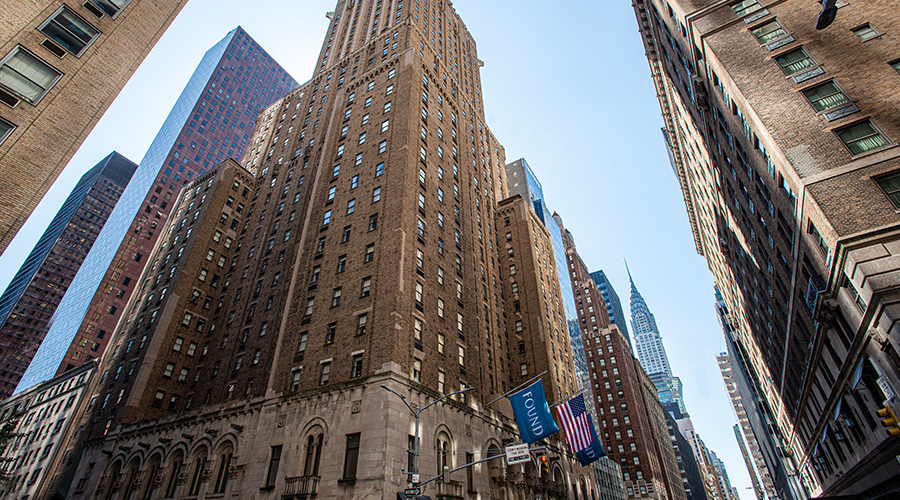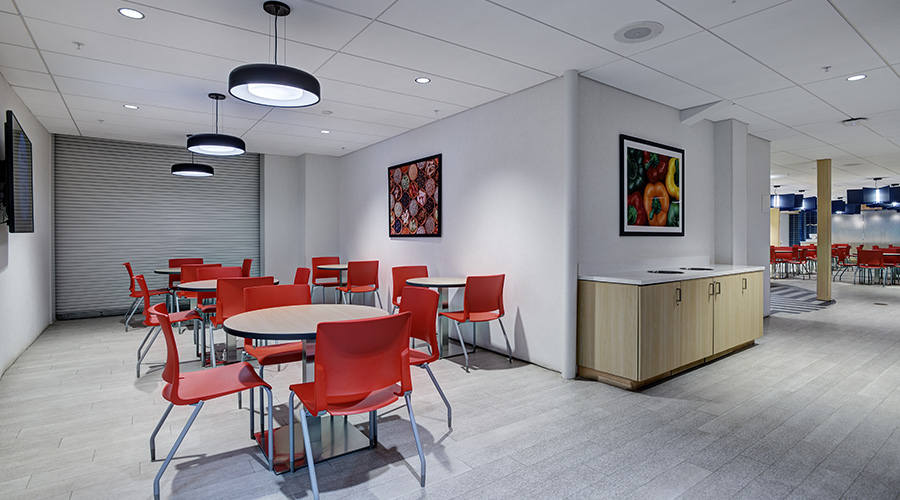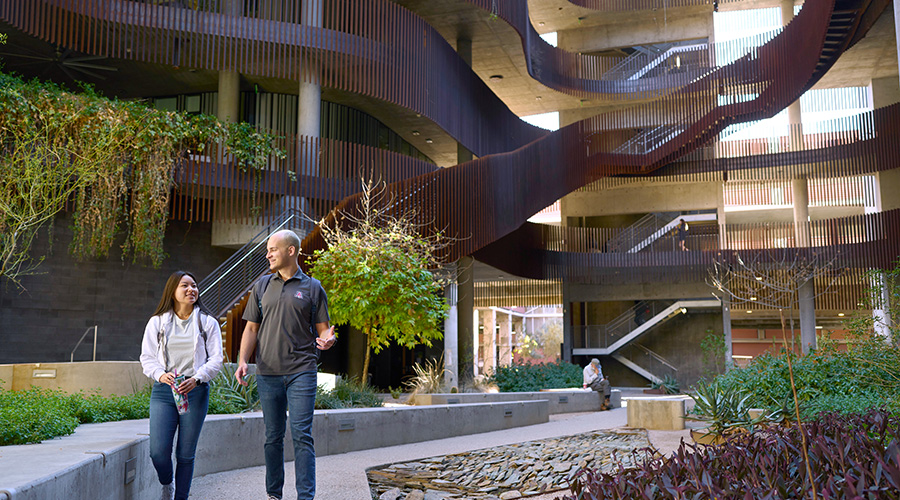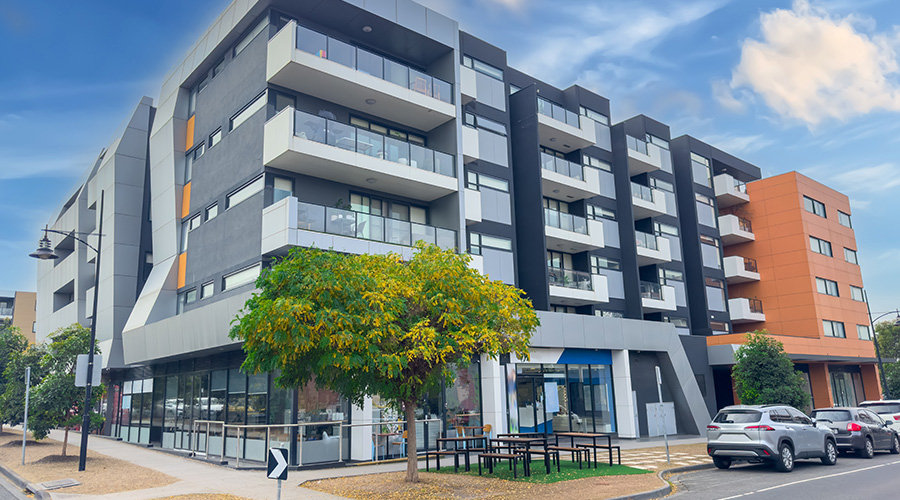NIST Report Determines Fire Caused WTC 7 Collapse, Not Explosives
The fall of the 47-story World Trade Center building 7 (WTC 7) in New York City late in the afternoon of Sept. 11, 2001, was primarily due to fires, the National Institute of Standards and Technology (NIST) announced following an extensive, three-year scientific and technical building and fire safety investigation.
The fall of the 47-story World Trade Center building 7 (WTC 7) in New York City late in the afternoon of Sept. 11, 2001, was primarily due to fires, the National Institute of Standards and Technology (NIST) announced following an extensive, three-year scientific and technical building and fire safety investigation.
This was the first known instance of fire causing the total collapse of a tall building, the agency stated as it released for public comment its WTC investigation report and 13 recommendations for improving building and fire safety.
“Our study found that the fires in WTC 7, which were uncontrolled but otherwise similar to fires experienced in other tall buildings, caused an extraordinary event,” says NIST WTC Lead Investigator Shyam Sunder. “Heating of floor beams and girders caused a critical support column to fail, initiating a fire-induced progressive collapse that brought the building down.”
“Video and photographic evidence combined with detailed computer simulations show that neither explosives nor fuel oil fires played a role in the collapse of WTC 7,” Sunder says. The NIST investigation team also determined that other elements of the building’s construction—namely trusses, girders and cantilever overhangs that were used to transfer loads from the building superstructure to the columns of the electric substation (over which WTC 7 was constructed) and foundation below—did not play a significant role in the collapse.
According to the report, a key factor leading to the eventual collapse of WTC 7 was thermal expansion of long-span floor systems at temperatures “hundreds of degrees below those typically considered in current practice for fire resistance ratings." WTC 7 used a structural system design in widespread use.
Citing its one new recommendation (the other 12 are reiterated from the previously completed investigation of the World Trade Center towers, WTC 1 and 2), the NIST investigation team said that “while the partial or total collapse of a tall building due to fires is a rare event, we strongly urge building owners, operators and designers to evaluate buildings to ensure the adequate fire performance of the structural system. Of particular concern are the effects of thermal expansion in buildings with one or more of the following features: long-span floor systems, connections not designed for thermal effects, asymmetric floor framing and/or composite floor systems.” Engineers, the team said, should be able to design cost-effective fixes to address any areas of concern identified by such evaluations.
The investigators also reported that if the city water main had not been cut by the collapse of World Trade Center towers 1 and 2 (WTC 1 and WTC 2), operating sprinklers in WTC 7 would likely have prevented its collapse. “Nevertheless, we recommend that building standards and codes be strengthened beyond their current intent to achieve life safety by preventing structural collapse even during severe fires like this one, when sprinklers do not function, do not exist or are overwhelmed by fire,” ” Sunder says.
Sunder identified several existing, emerging or even anticipated capabilities that could have helped prevent WTC 7’s collapse. He cautioned that the degree to which these capabilities improve performance remains to be evaluated. Possible options for developing cost-effective fixes include:
• More robust connections and framing systems to better resist effects of thermal expansion on the structural system.
• Structural systems expressly designed to prevent progressive collapse, which is the spread of local damage from a single initiating event, from element to element, eventually resulting in the collapse of an entire structure or a disproportionately large part of it. Current model building codes do not require that buildings be designed to resist progressive collapse.
• Better thermal insulation (i.e., reduced conductivity and/or increased thickness) to limit heating of structural steel and to minimize both thermal expansion and weakening effects. Insulation has been used to protect steel strength, but it could be used to maintain a lower temperature in the steel framing to limit thermal expansion.
• Improved compartmentation in tenant areas to limit the spread of fires.
• Thermally resistant window assemblies to limit breakage, reduce air supply and retard fire growth.
The 12 recommendations reiterated from the WTC towers investigation address several areas, including specific improvements to building standards, codes and practices; changes to, or the establishment of, evacuation and emergency response procedures; and research and other appropriate actions needed to help prevent future building failures.
Determining the probable collapse sequence for WTC 7, NIST found that the impact of debris from the collapse of WTC 1 ignited fires on at least 10 floors of WTC 7, and the fires burned out of control on six lower floors. The heat from these uncontrolled fires caused thermal expansion of the steel beams on the lower floors of the east side of WTC 7, damaging the floor framing on multiple floors. Eventually, a girder on Floor 13 lost its connection to a critical interior column that provided support for the long floor spans on the east side of the building. The displaced girder and other local fire-induced damage caused Floor 13 to collapse, beginning a cascade of floor failures down to the fifth floor. Many of these floors had already been at least partially weakened by the fires in the vicinity of the critical column. This collapse of floors left the critical column unsupported over nine stories.
“When this critical column buckled due to lack of floor supports, it was the first domino in the chain,” Sunder says. “What followed in rapid succession was a progression of structural failures. Failure first occurred all the way to the roof line—involving all three interior columns on the most eastern side of the building. Then, progressing from east to west across WTC 7, all of the columns in the core of the building failed. Finally, the entire façade collapsed."
Related Topics:











